toothpaste is generally used to clean the teeth. This can also be done without toothpaste. In addition, toothpaste can be used to fluorinate the teeth or the gums can be protected from diseases by prolonged massage with a toothbrush.
What is toothpaste?

The tastes, toothpaste colors and consistency of different brands are different. Toothpaste is usually mixed with peppermint or menthol. Toothpaste cannot be applied without a toothbrush.
Toothpaste is a paste-like aid with a cleaning body that uses medically effective additives and aromas to add minerals to the teeth via a brush, clean them and keep the gums healthy.
Toothpaste is differentiated from tooth salt and other agents, such as softly chewed liquorice, with which you can clean your teeth without toothpaste.
Shapes, types & types
There are different types and countless brands of toothpaste. The best-selling varieties are fresh in taste and promise various side effects when cleaning your teeth.
Applied and distributed as an aid in mechanical tooth cleaning with the help of brushes, a distinction is now made between different gels and pastes. The ingredients are declared on the tubes and / or outer packaging - mostly in Latin form. The names of the ingredients in toothpaste mean nothing to most users.
Environmentally ill and allergy sufferers know that conventional toothpaste can contain numerous potentially harmful substances. In health food stores or health food stores you can get toothpaste whose manufacturers do not use chemical ingredients. They put together their toothpaste from purely natural ingredients. Natural essential oils are used here for flavoring.
Gentler cleaning bodies and algae products or healing earth as mineralization instances are preferred in such types of toothpaste. Natural toothpaste is often sold under the organic label. Patients of a naturopath know that one should avoid toothpaste containing menthol or peppermint when using homeopathy. Some toothpaste and especially the tooth salt have a very abrasive effect thanks to their cleaning body.
Other dosage forms are gentler, especially the gel toothpaste. Toothpaste with medically effective additives such as amine fluoride or certain potassium compounds should only be used in consultation with a dentist.
A toothpaste can actually provide a certain protection against tooth neck pain, cold or heat. If there is a carious spot behind such pain, toothpaste alone cannot do anything. Without dental treatment, the toothpaste will not relieve toothache.
Structure, composition & function
Many types of toothpaste are similar in the composition of their ingredients, regardless of which toothpaste brand you buy. Conventional toothpaste consists of a cleaning agent such as chalk or suitable silicate compounds, a foaming agent such as sodium lauryl sulfate, so-called wetting and humectant agents - for example sorbitol - preservatives, flavorings and flavorings as well as colorants.
Other additives such as pyrophosphate, zinc salt or the controversial disinfectant triclosan as an antibacterial agent can occur. A small amount of fluoride is also added to toothpaste for dental prophylaxis. Fluorinated toothpaste should not be used at any age. The abrasive effect of the cleaning material in a toothpaste can, in conjunction with a hard brush, damage the tooth.
Toothpaste falls under the medication regulation and must therefore not contain certain ingredients. Optical effects such as stripes or a green color should only signal the freshness of a toothpaste. They do not have any effects on teeth cleaning.
You can find your medication here
➔ Toothache medicationMedical & health
Basically the medical and health benefits of toothpaste undisputed. Regularly brushing your teeth with toothpaste can prevent tooth decay, tooth decay and periodontal disease, remove food residues such as sugar or fruit acid including the so-called plaque and reduce the tendency to tartar.
Controversial, however, is toothpaste that is lightened with chemical agents or that causes allergies and intolerance in some patients. Preservatives such as parabens, certain colors and flavors - such as cinnamon oil or menthol - and certain chemicals such as formaldehyde are often responsible for this.
Nowadays, allergy sufferers and children can use special toothpaste. Environmentally ill people can buy flavor-free toothpaste. A new type of toothpaste based on lactic acid bacteria has recently been developed.

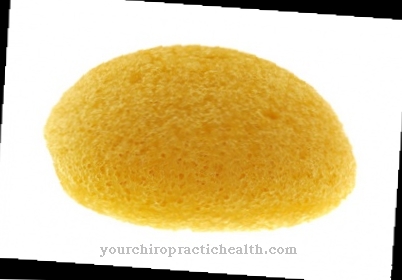
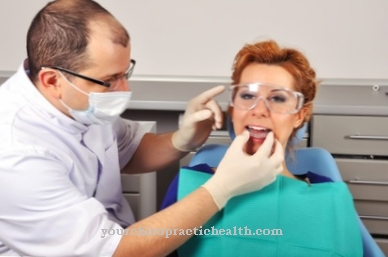
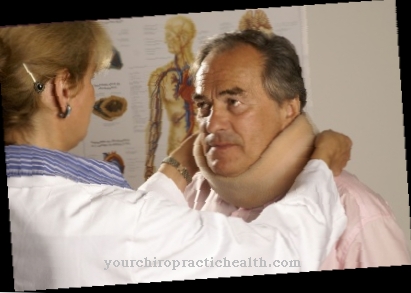

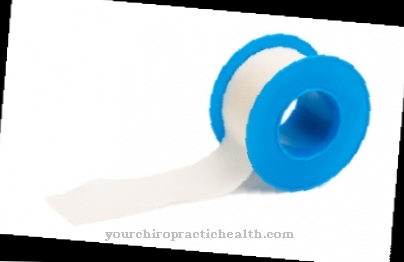
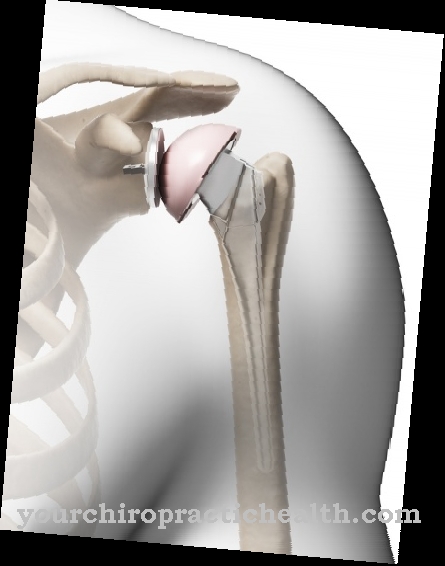





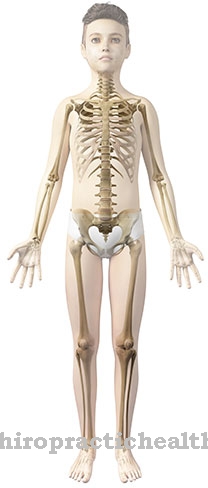



.jpg)


.jpg)

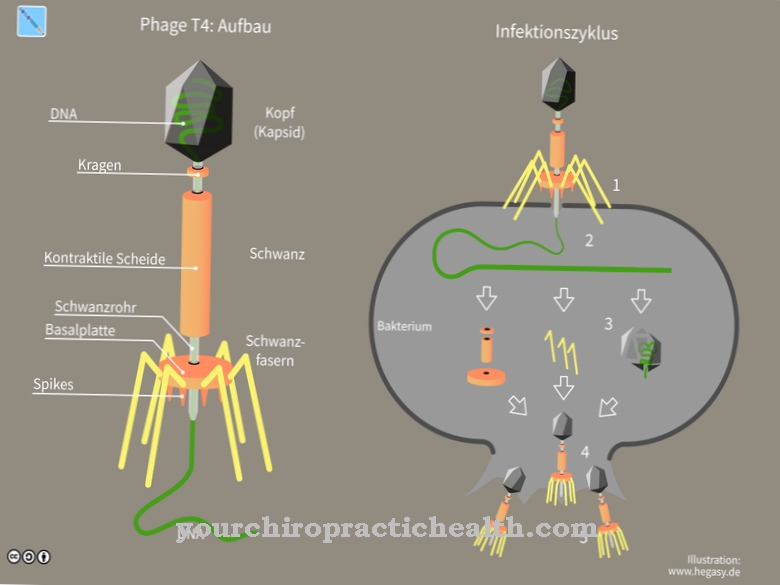
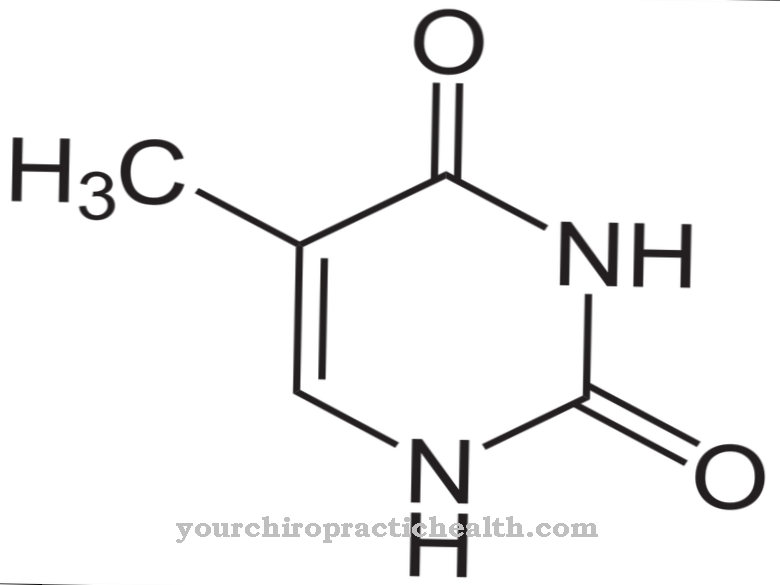
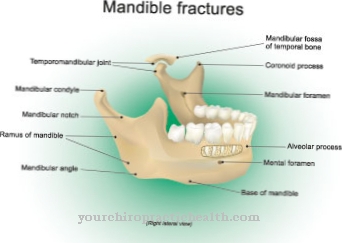


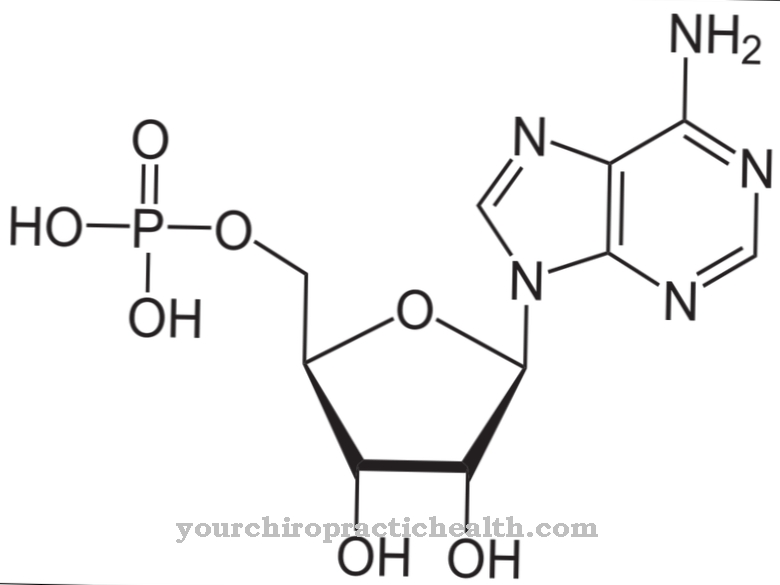
.jpg)
